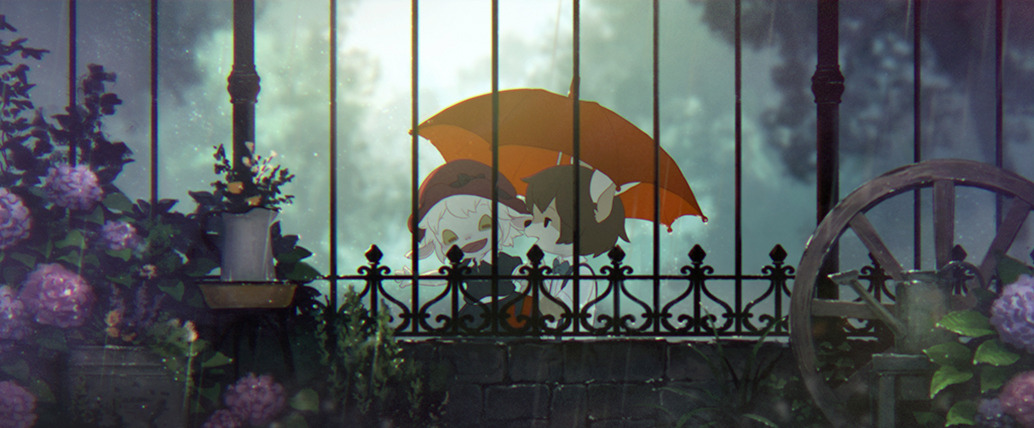It seems that there are two dominant traits in today’s people: the belief in the infinite number of ways to live well, and the difficulty in truly loving something.
What do I mean when I say to truly love something? I mean to pursue something with an obsessive fervour in which every detail remains in you as a rivulet for continued action. As stated by Chesterton, this fervour is a commitment to one’s ideals often beyond comprehension for the average person. This passion would intentionally or unintentionally seep out of the person and, if they had creative tendencies, result in new works of art or literature. This is a love also borne from admiration, tempered by a respect for beauty, and finally cultivated by immersion and practice – feats that are difficult to achieve in an era of capriciousness and criticism.
I believe it is difficult to admire without loving, and we cannot truly love when critiquing or complaining without understanding. Admiration is a deep respect for another’s craft and/or character. This admiration involves a sense of pride towards their traits and a certain forgiveness of their faults in the same embrace. In other words, if one admires an artist or creator’s work, any resulting critiques or complaints would ideally result from an understanding, not necessarily acceptance, of that person and their situation. This understanding is part of what connects us to our ideal. And it is this separation of empathy in our critiques that separates many of us from the artists we so wish to emulate.
One example is of the great French writer Albert Camus, who fervently loved his home country Algeria. Every description of the towns and its people, every minutiae he shared with us, is saturated with warmth and colour [see “The Street” in “The Minotaur, or the Stop in Oran”]. Without saying the words of “I love you, my country”, he paints tantalising pictures of its people and scenery for us. With skilled prose and fresh thoughts, the readers find themselves falling in love. But with what, and why? Are we enchanted by the author, the beauties he’s painted, or his virile love towards his beauties?
So it comes down to this: if reading Camus instills in us the same virile love and delight of the sun, sand, and sea, we should agree that he has successfully created art. Or as Tolstoy states in his book “What is art?”, the purpose of creating art is to transmit some emotion of the times, to instil in us a sense of unity among people.
What does this mean for us? It means we should admire wholeheartedly and critique with understanding. It means we should strive to understand what we love in order to spread it, in whichever form or method so long as you are most effective at it. The ultimate objective here is not to create something that will elicit a reaction, or to achieve lasting fame pre- or post-mortem, but, as design theorist Christopher Alexander mentions, to hold yourself to the highest standard of beauty and quality you can muster, and to pour your admirations and obsessiveness into it. Only in that way will the resulting work carry your unique touch and warmth. It is only through this process that one can create art capable of doing the all but impossible task: to saturate others with that same passion you instilled inside of it.
March 4, 2020
J-Cassiopeia
